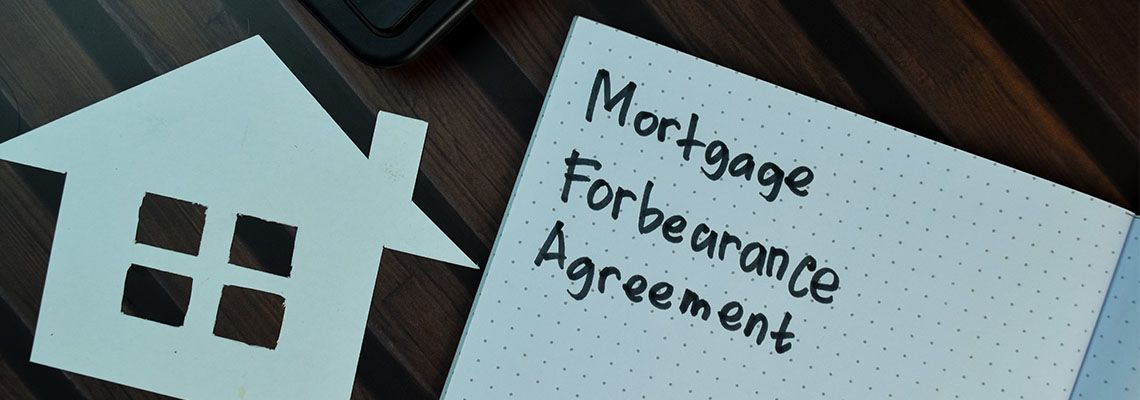
My Mortgage Forbearance Ended.
Now What?
During the COVID-19 pandemic, many families experienced serious financial hardship. As a result, the federal government implemented a mortgage forbearance program that allowed homeowners to pause in making mortgage payments on their homes.
If you are one of those homeowners and you are worried about what will happen next, it’s important to know that you have options. At The Orantes Law Firm, we make sure that you are fully informed about your options. Our team will advocate for the best result for you, and we offer guidance in both English and Spanish. We proudly serve clients in Los Angeles County, Orange County, Irvine, and the rest of California.
Understanding Mortgage Forbearance
In a mortgage forbearance agreement, your mortgage servicer agrees to allow you to pause or reduce your mortgage payments under the guidelines set by federal law. Mortgage forbearance is not necessarily part of bankruptcy. Speak with an experienced attorney to learn more.
Because mortgage forbearance is not automatic, you must request it. Most mortgage servicers are required to offer forbearance. The others can provide options that will help you during financially difficult times.
My Options Now That Forbearance Has Ended
Now that the federal COVID forbearance program has ended, it is important to be aware of your different repayment options. There are four different paths to help homeowners with avoiding foreclosure and moving forward with their mortgages.
Repayment Plan
One of the most common options that homeowners are taking advantage of at the end of forbearance is a repayment plan. With a repayment plan, the total amount that homeowners did not repay during the forbearance period is divided up and added to the monthly mortgage payment.
This amount will be repaid on a monthly basis. As a result, the mortgage payment will be higher than it was before forbearance began.
Deferral or Partial Claim
Some homeowners cannot afford to pay a higher amount on a monthly basis. For these homeowners, a deferral or partial claim may be the best option.
The monthly payments that were paused can be deferred, meaning that they are added on to the end of the loan, so it will take longer to pay off the loan. Or they will be put into a subordinate lien that can only be repaid when the home is refinanced, sold, or when the mortgage is terminated.
Modification
Other homeowners will now not be able to afford their original mortgage payment amount due to financial hardships created by the COVID-19 pandemic. In this situation, a modification may be the best option. A modification reduces your monthly mortgage payment to a more reasonable amount given your current financial circumstances. Your missed payments will still be added to the amount that you owe. This is a great option for homeowners who are struggling; however, it’s important to know that it could take longer to pay off your mortgage.
Reinstatement
A reinstatement is a lump-sum payment. With this option, the homeowner pays back all the missed monthly mortgage payments at once in one large payment. For almost all loans, this is not required.
Repayment Options for Various Agencies
There are several different federal agencies that service mortgages, including Fannie Mae, Freddie Mac, the Federal Housing Authority (FHA), Housing and Urban Development (HUD), the Veterans’ Affairs (VA), and the USDA Rural Housing Service Guaranteed Loan Mortgages.
Each of these agencies offers similar repayment options. However, if your loan is not backed by a federal agency, you may not have the same repayment options. Speak with a knowledgeable attorney to learn more about the options your agency offers.
New Rule to Avoid Foreclosure
Foreclosure can be very damaging to your credit score on top of being an extremely difficult experience for a family to endure. Because of this, the Consumer Financial Protection Bureau has issued a rule to help families with avoiding foreclosure.
Under this rule, there are three conditions that must be met before a lender can begin foreclosure proceedings. These conditions involve the homeowner submitting financial paperwork, the loan servicer checking that the home has been abandoned, and the loan servicer attempting to contact the homeowners.
Ultimately, foreclosure is generally allowed if the homeowners are four months behind or more on their mortgage and have been unreachable for more than 90 days.
Legal Guidance You Can Trust
Now that the COVID forbearance program is ending, it is important for homeowners to know which repayment option is the best fit for them. At The Orantes Law Firm, we put our years of experience to work for you to help you decide on a path forward. Our firm is proud to represent clients in Los Angeles County, Orange County, and nearby areas in Southern California. Contact us today to schedule your free consultation.
